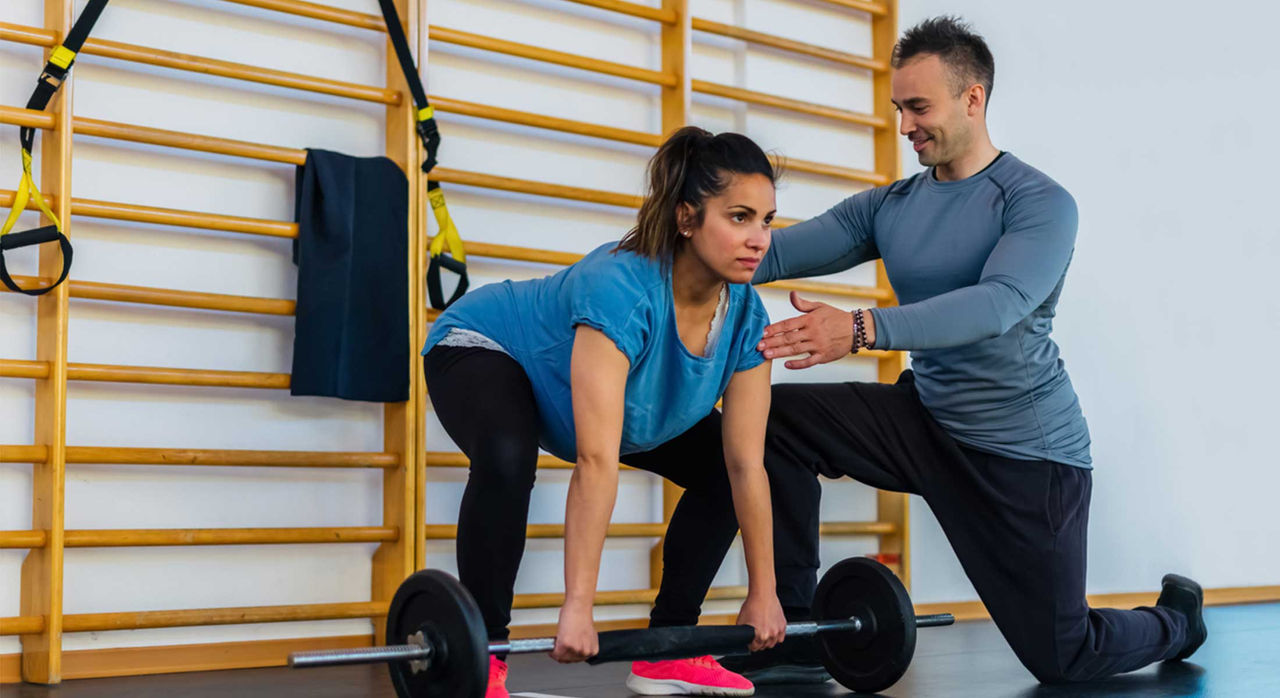-
- Find Care
-
- Visitor Information
- Find a Location
- Shuttles
- Visitor Policies
-
-
- Our Virtual Care Options
- Virtual Urgent Care
- Virtual Visits for Primary & Specialty Care
- Online Second Opinions
- Participate in Research
-
- Contact us
-
- For Innovators
- Commercialization Guide for Innovators
-
-
- Research News
- Alzheimer's Disease
- Artificial Intelligence
-
- Overview
-
- Overview
- Getting Started
- New to Mass General Brigham
- International Patient Services
- What Is Patient Gateway?
- Planning Your Visit
- Find a Doctor (opens link in new tab)
- Appointments
- Patient Resources
- Health & Wellness
- Flu, COVID-19, & RSV
- Billing & Insurance
- Financial Assistance
- Medicare and MassHealth ACOs
- Participate in Research
- Educational Resources
- Visitor Information
- Find a Location
- Shuttles
- Visitor Policies
- Find Care
-
- Overview
- Our Virtual Care Options
- Virtual Urgent Care
- Virtual Visits for Primary & Specialty Care
- Online Second Opinions
-
- Overview
- Participate in Research
-
- Overview
- About Innovation
- About
- Team
- News
- For Industry
- Venture Capital and Investments
- World Medical Innovation Forum (opens link in new tab)
- Featured Licensing Opportunities
- For Innovators
- Commercialization Guide for Innovators
- Contact us
-
- Overview
- Information for Researchers
- Compliance Office
- Research Cores
- Clinical Trials
- Advisory Services
- Featured Research
- Two Centuries of Breakthroughs
- Advances in Motion (opens link in new tab)
- Brigham on a Mission (opens link in new tab)
- Gene and Cell Therapy Institute
- Research News
- Alzheimer's Disease
- Artificial Intelligence
-
- Overview
-
- Overview
- Residency & fellowship programs
- Brigham and Women's Hospital
- Massachusetts General Hospital
- Mass Eye and Ear
- Newton-Wellesley Hospital
- Salem Hospital
- Integrated Mass General Brigham Programs
- Centers of Expertise
- Global & Community Health
- Health Policy & Management
- Healthcare Quality & Patient Safey
- Medical Education
- For trainees
- Prospective trainees
- Incoming trainees
- Current trainees
- Continuing Professional Development
Anterior Knee Pain in Pregnant Athletes

Many pregnant athletes have anterior knee pain during pregnancy, but this doesn’t mean they have to reduce activity before giving birth. Researchers from the Mass General Brigham Women’s Sports Medicine Program share their tips on injury prevention, when to seek medical care, and how to manage pain with physical therapy.
The research team published recommendations in Physical Therapy in Sport to guide physical therapy care for healthy pregnant patients with anterior knee pain. The multidisciplinary research team includes Jamie A. Preszler, DPT, a physical therapist; Kelly C. McInnis, DO, a physiatrist; Lisa Baute, MD, an obstetrician-gynecologist; and Miho J. Tanaka, MD, PhD, an orthopaedic surgeon.
The team reports that injury prevention and physical therapy are the best routes for managing knee and other activity-driven pain. “The benefits of exercise during pregnancy far outweigh the risks,” explains Preszler. “Patients should not have to limit their activity due to knee pain. There are treatment options available that are safe and effective for pregnant athletes.”
What is anterior knee pain?
Anterior refers to pain in the front and center of the knee. Changes in anatomy and physiology during pregnancy can lead to increased stress and strain on the knee. This means pregnant athletes who remain active during pregnancy may be at increased risk for knee pain and injury.
When should pregnant athletes seek care for anterior knee pain?
“We suggest seeking care if knee pain is impacting any amount of your activity during pregnancy including walking, stair climbing, or even sitting,” says Preszler. “Also, if you are pregnant and have had a history of knee pain or injury that has impacted your ability to exercise, we also suggest seeking an evaluation.”
How do pregnancy changes affect female athletes?
During pregnancy, a pregnant person gains weight, retains water, and over time, the pelvic center of gravity shifts to prepare the body for childbirth. These changes can increase stress on the joints, connective tissue, and skeletal structure during the course of pregnancy. They may impact sports performance and increase risk of injury.
While there is potential to create a vicious cycle – too much exercise leads to knee pain leads to a drop-off in exercise – it’s better to stay active. Remain conscious of your body’s changes and talk to your health care provider if you have any concerns about what is causing your knee pain.
Role of pregnancy hormone relaxin in knee pain
During pregnancy, the body releases a hormone called relaxin, which triggers a number of body changes that can lead to knee pain. The role of relaxin is to support actual structural changes that develop in a pregnant person’s body. Relaxin affects the bones, tendons, ligaments, muscles, and cartilage. These body parts change in their strength, position, elasticity, and ability to bear stress. This helps the body support the growth of a baby, and the changes eventually play their own critical roles in childbirth.
Physical therapy for anterior knee pain during pregnancy
Here are some questions you can ask your doctor about managing knee pain during pregnancy:
- How do physical therapists modify treatment when working with a pregnant athlete?
- I have a lot of appointments already related to my pregnancy. How many appointments will I need in physical therapy?
- Are there exercises or treatments I can do to help my knee when I can’t attend physical therapy appointments?
Managing knee pain in the first trimester
Relaxin is most active in the first trimester of pregnancy (the first 12 weeks). To prevent knee pain the first trimester, the research team recommends:
- Taping the knee and/or using orthotic shoe inserts. Doing these things can help prevent pain during and after exercise.
- Massage or manual therapy. Physical therapists may use soft tissue mobilization (STM), a type of manual therapy to prevent or manage pain. STM uses deep pressure massage and trigger point release techniques to relax stiffness and reduce tension in muscle tissue. It can help move fluids trapped in the tissues that cause pain and inflammation.
Physical therapy for knee pain in the second trimester
In the second trimester, more structural changes begin to take place, as the pelvis tilts forward and realigns the center of gravity of the hips. The changes can be subtle but can change posture. This can affect how exercise puts stress on the knees. The research team recommends:
- Core stability exercises. Side planks or clam shells, leg raises, and pelvic floor exercises can help strengthen abdominal and lateral muscles.
- Foot strengthening exercises. Toe-stands or foot arch lifts can help foot muscles carry extra weight through running and other activities.
Physical therapy for anterior knee pain in the third trimester of pregnancy
It’s important to stay active during the third trimester, despite significant changes in the body. Pregnant patients typically gain more weight and experience water retention (edema) late in pregnancy. As the baby grows, it may crowd the mother’s diaphragm, making breathing and heart function more labored.
It's important to take extra care to treat knee pain. Some athletes may find their physical activity drops off in these weeks if they have a persistent injury. Physical therapists can help patients avoid certain positions and therapies that put excessive strain on the abdominal wall and pelvic floor muscles. Therapists can also modify activities due to changes in breathing and cardiovascular capacities.
How can patients stay active during all trimesters of pregnancy?
Preszler stresses that patients should communicate openly with their providers.
“First, speak with your obstetrician about exercise guidelines for your pregnancy. Every woman is different and every pregnancy is different, so discussing your exercise plan and limitations with your obstetrician is the most important first step to safely staying active," Preszler advises.
"Secondly, physical therapists can prescribe an individualized exercise program for you to include strengthening and stabilizing exercises during pregnancy that are safe and effective," she explains. "Physical therapists also provide guidance and supervision to ensure the exercises are being performed correctly to promote your health and you baby’s health.”
Final note for athletes and physical therapists
The team’s recommendations conclude that physical therapy does provide benefits to pregnant female athletes and allows them to maintain high levels of physical activity.
“Two of our goals for this publication were to provide guidance for patients who want to remain active during pregnancy and to be a resource for providers who treat these patients,” says Preszler. “During a healthy, uneventful pregnancy, female athletes can still meet their activity goals and there are treatment options available specific to anterior knee pain that can be modified safely and effectively for pregnant athletes.”

Contributor

Contributor

Contributor
